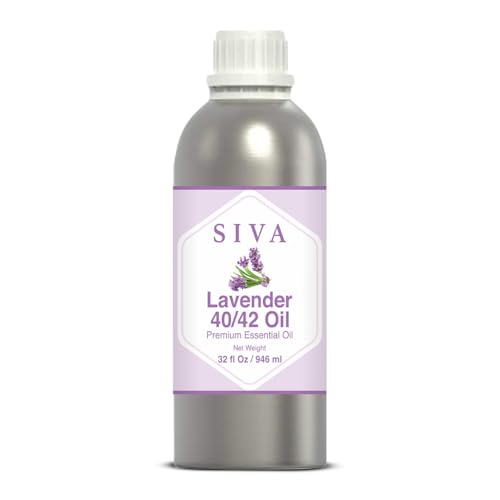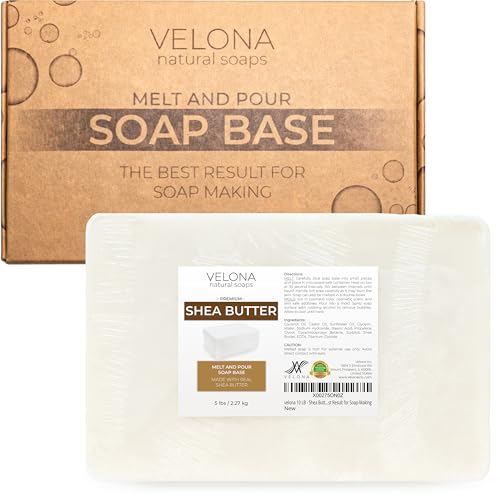Hello all!
I've been a member of this forum for a long time. I haven't really interacted with it for years because I got away from this amazing hobby while I went through a divorce. But now I am in a much better place and taking up my beloved hobby of soap making again.
My question is 2 part. I have been getting my raw beef fat from a local butcher. I like to render my own because it's expensive to buy rendered tallow in quantity. That's not important. What I have a question about is the end product I'm getting. Years back when I would render my own fats, I just ended up with straight tallow or lard. But with this fat I have been getting, it's coming out different. I'm getting separation and 2 layers. One which is the tallow and another layer at the bottom that I am assuming (from my research) that is a layer of collagen?
A couple things of note. Back in the day, I used a cast iron Dutch oven to render fat. I lost it in the divorce. Now I have been using a stainless steel 5 qt pot with a lid. I read somewhere that this is a layer of collagen that should have cooked out in the rendering process. I have noticed that when I rendered fats in the Dutch oven, it would be sizzling after a couple hours at around 225. The stainless steel does not do that. So I got to thinking about it and decided to remove the lid from the pot and render it without in hopes that the collagen/water will cook off. It's currently in the oven so I can update on that later. My question is this, is it collagen and does it matter if it's in the soap mixture? Last batch that I made with this type of fat I just melted the mixture and then stopped pouring when it got to the collagen. That soap batch came out just fine save some lingering meat smell from not cleaning it better (very minor).
I'm pretty convinced that it has a lot to do with the rendering vessel and I am working towards buying new cast iron Dutch oven. But for now I just need to know if collagen in a soap mixture will ruin it. I have seen videos of folks who simply fill their jars and flip them upside down (so the collagen/impurities are at the top of the jar) to cool and then remove the collagen that way. Either way I would appreciate anyone's thoughts on this.
Thanks,
MG
View attachment 1000003729.jpgView attachment 1000003728.jpg
I've been a member of this forum for a long time. I haven't really interacted with it for years because I got away from this amazing hobby while I went through a divorce. But now I am in a much better place and taking up my beloved hobby of soap making again.
My question is 2 part. I have been getting my raw beef fat from a local butcher. I like to render my own because it's expensive to buy rendered tallow in quantity. That's not important. What I have a question about is the end product I'm getting. Years back when I would render my own fats, I just ended up with straight tallow or lard. But with this fat I have been getting, it's coming out different. I'm getting separation and 2 layers. One which is the tallow and another layer at the bottom that I am assuming (from my research) that is a layer of collagen?
A couple things of note. Back in the day, I used a cast iron Dutch oven to render fat. I lost it in the divorce. Now I have been using a stainless steel 5 qt pot with a lid. I read somewhere that this is a layer of collagen that should have cooked out in the rendering process. I have noticed that when I rendered fats in the Dutch oven, it would be sizzling after a couple hours at around 225. The stainless steel does not do that. So I got to thinking about it and decided to remove the lid from the pot and render it without in hopes that the collagen/water will cook off. It's currently in the oven so I can update on that later. My question is this, is it collagen and does it matter if it's in the soap mixture? Last batch that I made with this type of fat I just melted the mixture and then stopped pouring when it got to the collagen. That soap batch came out just fine save some lingering meat smell from not cleaning it better (very minor).
I'm pretty convinced that it has a lot to do with the rendering vessel and I am working towards buying new cast iron Dutch oven. But for now I just need to know if collagen in a soap mixture will ruin it. I have seen videos of folks who simply fill their jars and flip them upside down (so the collagen/impurities are at the top of the jar) to cool and then remove the collagen that way. Either way I would appreciate anyone's thoughts on this.
Thanks,
MG
View attachment 1000003729.jpgView attachment 1000003728.jpg
















































